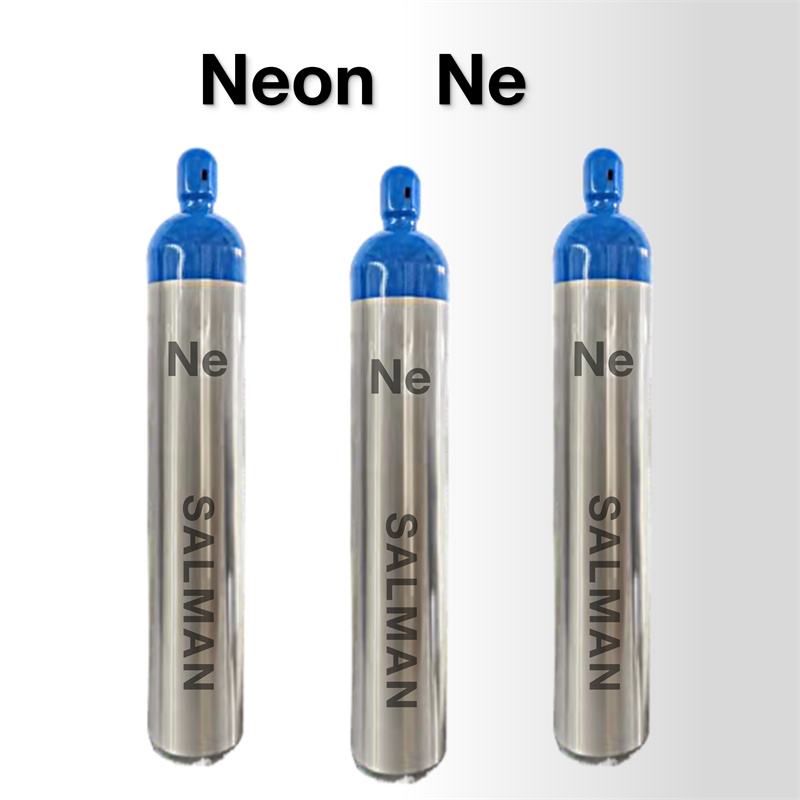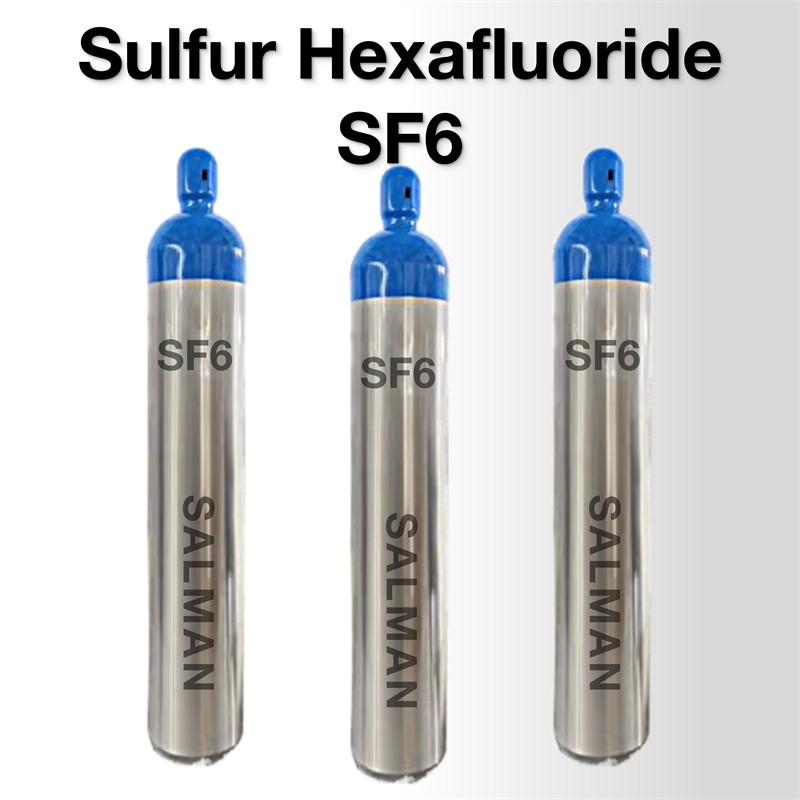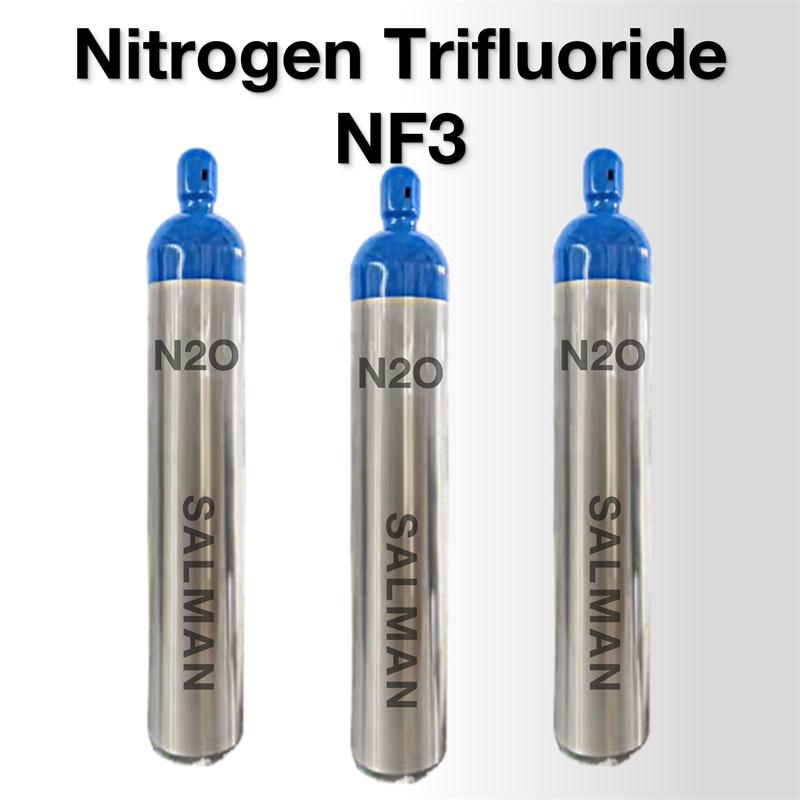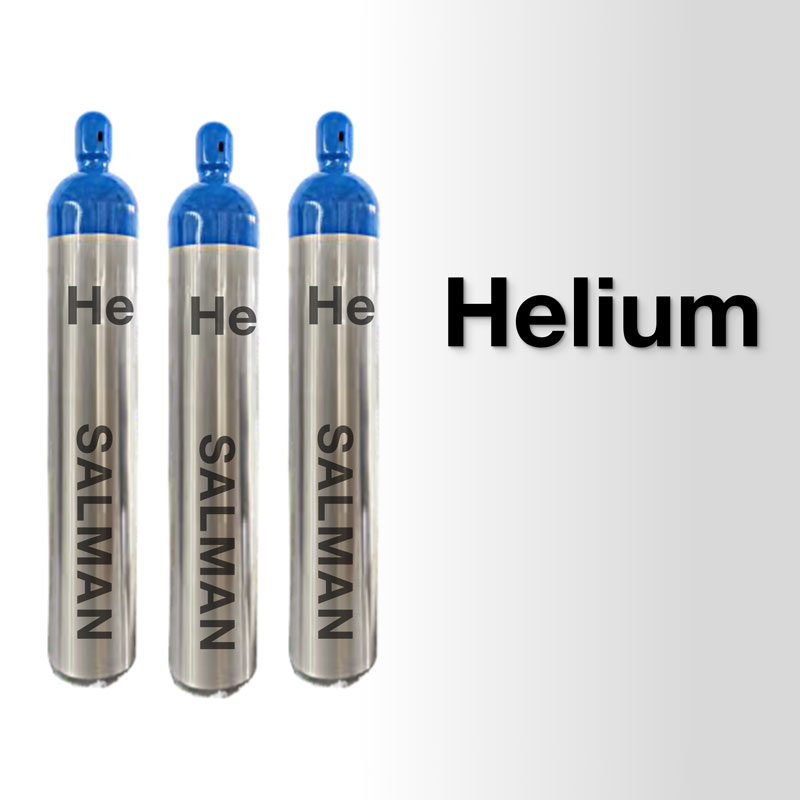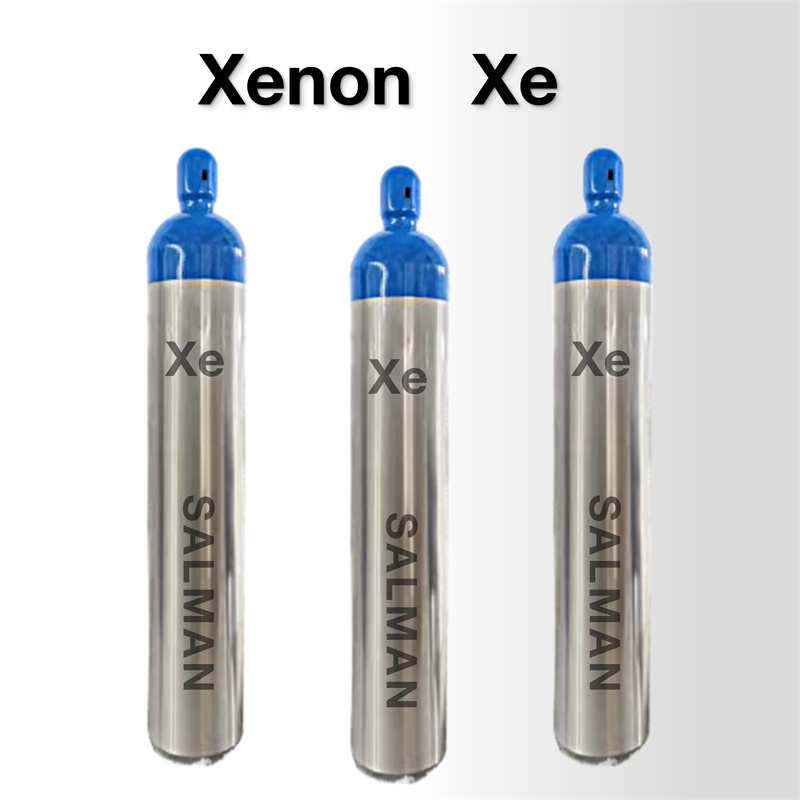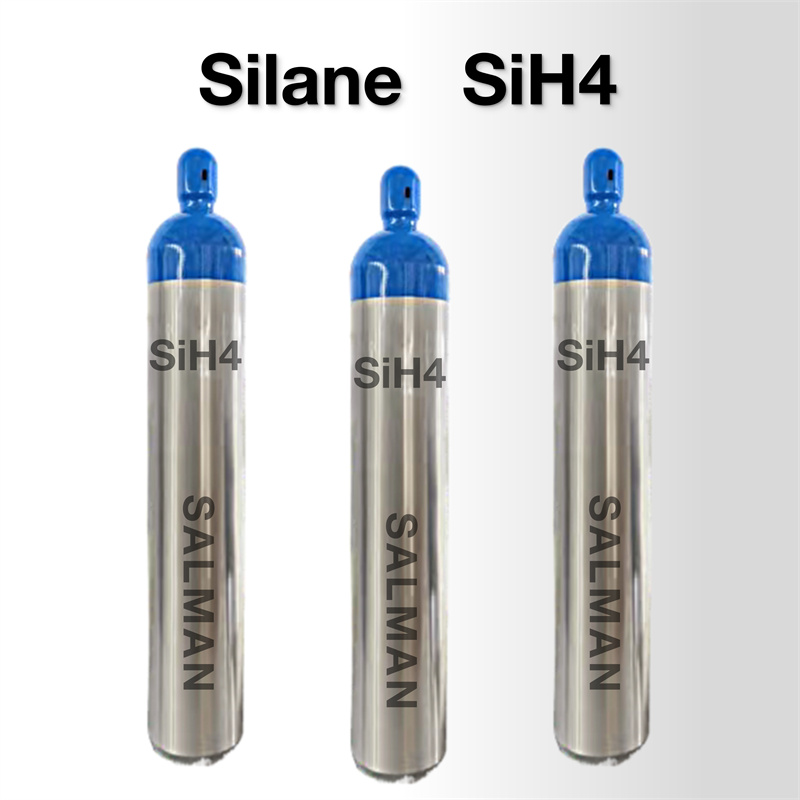Neon (Ne) , Rare Gas, High Purity Grade
Basic Information
|
CAS |
7440-01-9 |
|
EC |
231-110-9 |
|
UN |
1065 (Compressed) ; 1913 (Liquid) |
What is this material ?
Neon is a noble gas, and colorless, odorless and tasteless. It is the second lightest noble gas after helium and has a lower boiling and melting point. Neon has extremely low reactivity and does not readily form stable compounds, making it one of the most inert elements. Neon gas is relatively rare on Earth. In the atmosphere, neon makes up only a small fraction (about 0.0018%) and is obtained by fractional distillation of liquid air. It is also found in trace amounts in minerals and some natural gas reservoirs.
Where to use this material ?
Neon signs and advertising: Neon gas is used in neon signs to create vibrant and eye-catching displays. The characteristic red-orange glow of neon is popular in storefront signs, billboards, and other advertising displays.
Decorative lighting: Neon is also used for decorative lighting purposes. Neon lights can be found in bars, nightclubs, restaurants, and even as decorative elements in homes. They can be shaped into various designs and colors, adding a unique and retro aesthetic.
Cathode-ray tubes: Neon gas is used in cathode-ray tubes (CRTs), which were once widely used in televisions and computer monitors. These tubes produce images by exciting neon gas atoms, resulting in colored pixels on the screen.
High-voltage indicators: Neon bulbs are often used as high-voltage indicators in electrical equipment. They glow when exposed to high voltages, providing a visual indication of live electrical circuits.
Cryogenics: While not as common, neon is used in cryogenics to achieve low temperatures. It can be used as a cryogenic refrigerant or in cryogenic experiments that require extremely cold temperatures.
Laser technology: Neon gas lasers, known as helium-neon (HeNe) lasers, are used in scientific and industrial applications. These lasers emit visible red light and have applications in alignment, spectroscopy, and education.
Note that specific applications and regulations for the use of this material/product may vary by country, industry and purpose. Always follow safety guidelines and consult an expert before using this material/product in any application.
